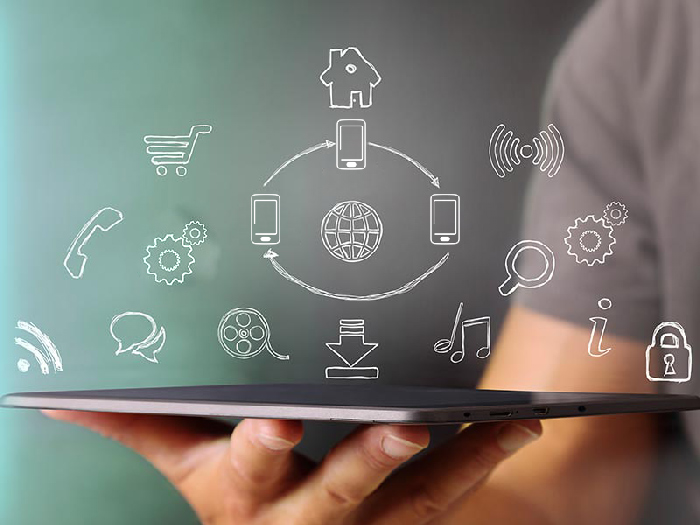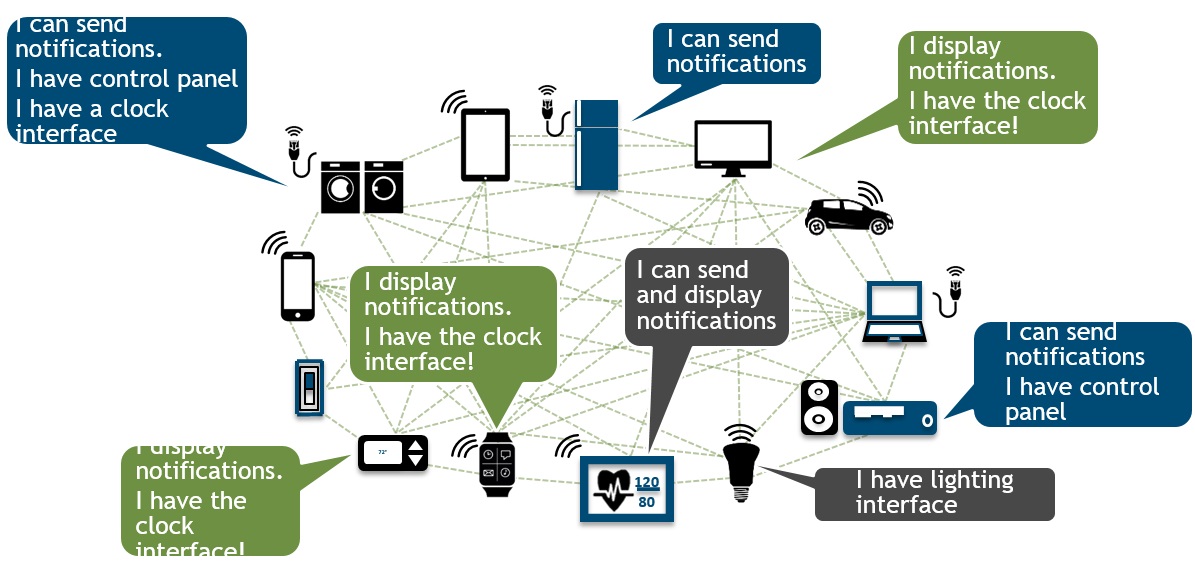Ongoing trends in IoT device lifecycle management

Mohit Bhardwaj of eInfochips
Today, the number of connected devices is set to overtake the world’s human population. This connected devices ecosystem is what we popularly call the Internet of Things or IoT.
Gartner estimated the growth to be 6.4 billion IoT device by 2016, and 20.8 billion by 2020. The data presented showed that the trend is only expected to grow further in the near future. In most of the existing devices infrastructure, it is difficult to accommodate changes to the devices after deployment, including connectivity modifications, feature enhancement, technology upgrades, etc.
IoT device lifecycle management is the key element for industries to have complete insight and control of their devices infrastructure. Today, device lifecycle management enables many industries to transition to ‘smart’ ecosystems, like smart energy (a.k.a Internet of Energy or smart grid), smart buildings, smart retail, smart transportation, smart cities, smart factories, and smart agriculture, says Mohit Bhardwaj, Digital Marketing executive, eInfochips.
As more and more devices get connected, the challenges with data security, control, and management becomes critical. IoT remote device lifecycle management plays a key role in enabling a 360 degree data view of the device infrastructure.
Key benefits of IoT device lifecycle management:
- Multiple Device Support: IoT device management enables interfacing of multiple devices resulting in a remote controlled mesh network.
- Multiple Connection Protocol: It provides a wide range of connection protocols and interoperability standards like ZigBee, Bluetooth, Z-wave, BLE, etc. for sensor connectivity.
- Device and Communication Security: IoT device management consist layered security system that is software, hardware, and data security.
- Efficient Device Management: It allows real time data analysis and interpretation which adds up benefits like energy saving, cost efficiency and increase in device lifecycle.
- Cost Saving: Reduction in operational and support costs through remote software upgrades and device maintenance.
Why should enterprises care?
Large enterprises have to manage large volumes of interconnected devices, which is considered to be a major challenge. According to a Device Pilot study, about 88% of companies find the device management as a major concern and are incorporating methods to manage their devices seamlessly.
In such a scenario, a platform is needed to manage all on-field devices with ease. This originates the need for remote device management in device/product development.
Below are some reasons why enterprises will need an IoT device lifecycle management for connected devices:
- To control devices: Real time access to devices. It can assist in managing, tracking, securing, and sustaining the devices.
- To enhance productivity: It helps in asset utilisation, enabling employees to find more time to focus on core and value creation, thus improving the output of the organisation.
- Real-time error detection: Device management helps in monitoring errors and bugs and rectify them in real-time. This helps in minimising device downtime, which in turn, improves service reliability.
- Real-time device monitoring and updating: Device lifecycle management allows you to remotely upgrade and configure devices, thus, making it convenient to manage them while increasing the device uptime.
- Increased customer reliability: It allows to reduce the time in ticket solving and provide exceptional customer service. Better customer service builds reliability and trust.
- Data security, complete data analysis: Device lifecycle management can provide in-depth analysis on the performance of each device for effective device lifecycle management.
Devices connected to a network generate a huge amount of data. eInfochips’ IoT Device Lifecycle Management framework helps companies to protect the data using a three layer security system:
- Data end–to–end encryption: Data encryption from device as well from the cloud which establishes a secure connection with no third party inclusion.
- Software security: System firmware security, application based alert system, connection authorisation, and verification.
- Hardware security: IoT device lifecycle management includes hardware security modules like TPM (Trusted Platform Module) and TEE (Trusted Execution Environment). It consist of FPGA for chip and board-level protection.
For more information on eInfochips’ IoT DLM click here.
The author of this blog is Mohit Bhardwaj, Digital Marketing executive, eInfochips
Comment on this article below or via Twitter @IoTGN


